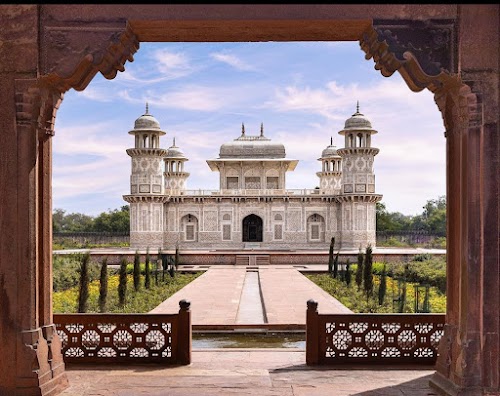
Itmad-ud-Daula
Agra, India
- Admire the intricate pietra dura inlay
- Capture photos of the stunning architecture
- Explore the charbagh gardens
- Learn about Mughal history and art
Known for:
Description:
Itmad-ud-Daulah's Tomb, often referred to as the "Baby Taj," is a Mughal mausoleum in Agra, India. Built between 1622 and 1628 by Nur Jahan, the wife of Emperor Jahangir, for her father Mirza Ghiyas Beg, it stands as a jewel of Mughal architecture. The tomb is renowned for its intricate inlay work using precious stones like lapis lazuli, cornelian, and jasper, a technique called pietra dura. The delicate floral designs and lattice screens add to its ethereal beauty. Set amidst charming gardens, the tomb offers a peaceful retreat from the bustling city. Its smaller scale and exquisite craftsmanship make it a must-see for those who appreciate architectural detail and artistry.
History:
Itmad-ud-Daulah's Tomb was commissioned by Nur Jahan, Empress of the Mughal Empire, as a tribute to her father, Mirza Ghiyas Beg, who was bestowed the title Itmad-ud-Daulah (Pillar of the State). Construction began in 1622 and was completed in 1628. This tomb marks a transition in Mughal architecture, moving from red sandstone to white marble and incorporating extensive pietra dura inlay work. It is considered a precursor to the Taj Mahal, showcasing similar architectural elements and decorative techniques on a smaller scale. The tomb reflects the strong influence of Nur Jahan within the Mughal court and her refined artistic taste.